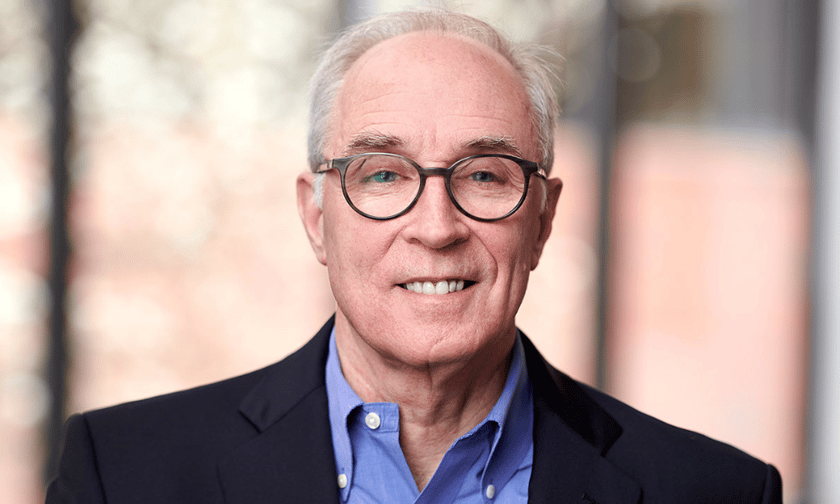

The affordability crisis impacting several lines of insurance has prompted widespread industry discussions about whether reinsurance players have a responsibility to take back more exposure to secondary perils.
Earlier this year, then-CEO of Swiss Re, Christian Mumenthaler, highlighted that it makes sense for primary insurers to be the risk managers of many secondary perils, given that these tend to be local in nature. In an interview with Re-Insurance Business, Aspen Reinsurance CUO John Welch shared his perspective that reinsurers are more likely to “give up a little rate” or alter terms and conditions before dropping their attachment points and picking up these losses.
Given that insured losses are consistently hitting or exceeding the US$1 billion marker and reinsurers are unwilling to come ‘down the tower’, how can the re/insure industry move to a sustainable place? It’s the question at the root of the development of Demex, which spun out of Munich Re four and a half years ago to provide a specialized parametric reinsurance offering to help protect insurance companies against the insured losses of secondary perils, primarily severe convective storms.
“If you look at the industry data, severe convective storms are at least 10 times larger in terms of insured losses than any other secondary peril,” noted Bill Clark (pictured), who joined Demex as CEO two years ago. “There’s no question that insurance companies need some protection [from secondary perils], they can no longer afford to self-insure because they don’t have enough capital.
“So, if they encounter these insured losses, which are way above the premium they’re able to collect, they will either consume all of their earnings for that year, which is not good, and/or they will have to tap into their surpluses. As soon as they do that, their credit ratings are impacted and it starts the slow degradation of their businesses.”
That’s one of the key factors behind trends including the doubling of AM Best downgrades of US personal lines insurers from 2022 to 2023. What’s clear is that there is something of a crisis in the insurance industry given the increasing frequency and severity of secondary perils. The accumulated impact of increased tornados, thunderstorms and hailstorms is causing claims to massively outstrip premium collection which, in turn, is putting insurance companies in economic distress.
“The reinsurers don’t want to come down the tower,” Clark said. “It’s not because they don’t sympathize with the insurance companies, it’s just that when they did in the past, they lost of money, in aggregate billions of dollars. So, the question that really needs to be asked is ‘why?’ They do catastrophe business and don’t lose money every year, so, what’s going on here? And the fundamental problem is the modeling is different.”
The key difference is that when reinsurers offer catastrophe policies, these are for events that are very remote – occurring maybe once in 100, 250 or even 500 years. As a result, the big modeling players are able to create modeling viewed as sufficient for reinsurers to underwrite catastrophe reinsurance. The problem arises when you try to use modeling focused on events that might occur once in five or 10 years. “It just doesn’t work,” he said. “And so, unsurprisingly, the reinsurance companies have said that if they can’t model it correctly, they’re not going to underwrite it, because they’ve been losing too much money. So, they’ve pulled out, which has created this enormous gap in the industry.”
For Clark and the team at Demex, the answer to bridging that gap lies in parametric reinsurance.
As a form of coverage triggered by predefined parameters, parametric solutions contrast with traditional indemnity-based insurance, where claims are paid based on the actual loss a policyholder experiences. Designed to provide quicker, more transparent and more efficient payouts after a triggering event, parametric reinsurance solutions offer a host of potential benefits to the sector, including reduced claims processing, enhanced coverage for harder-to-insure risks and – crucially in the context of secondary perils – greater cost predictability.
Implemented correctly, these kinds of solutions are a win-win for the insurance company, the reinsurance brokers – who presented the modeling to the insurance company - and the risk capacity providers. Clark highlighted how reinsurance brokers, in particular, are clamoring for this kind of protection for their clients. The answer to present market conditions isn’t for reinsurers to pull away, he said, because that leaves insurance companies totally exposed. “The answer instead is to be innovative, with a product that works for both the buyer and seller, that then brings some more safety back to the market.”
